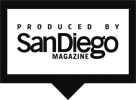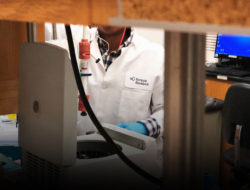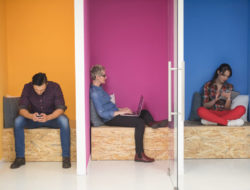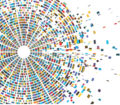Thinking about how humans use things and interact with their environment, whether it’s walking through a door, taking a sip of coffee, or checking their insulin level, is a special talent. Similar to people who have an ear for music or languages. Designers and design thinkers see the world differently, and can often be the difference between a good everyday experience and a bad one. What follows is a list of who we think is important and exciting in design, right now. We asked them each to define what design means to them.
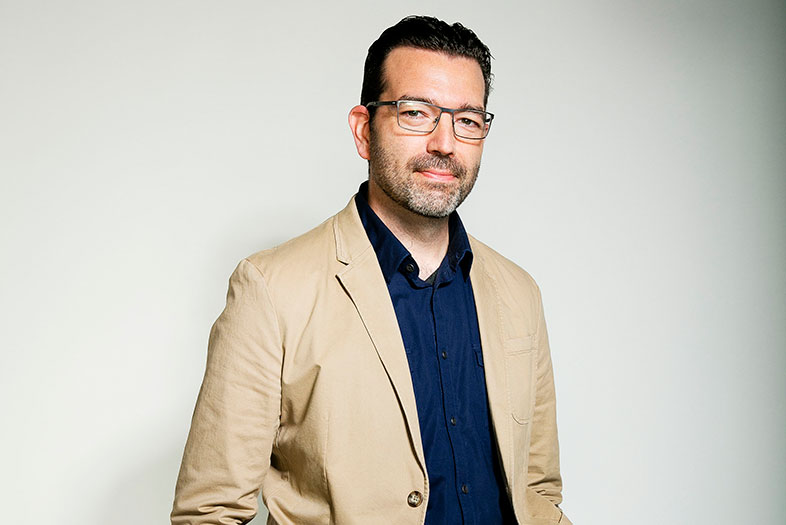
THE TECHIE
Chad Q. Martin
Senior Designer at HP / Head of UX Speakeasy
It’s not that I want to be a designer. I have to be. I don’t think I could do anything else. It’s the way I frame the world. Design is how I pull the future closer. Sometimes being a designer drives me crazy, but mostly it’s the one thing that keeps me sane.
From an early age I was an artist who wanted to create beautiful things. But over time I didn’t want to just express myself, I wanted to make sense of the world outside of me on a more practical level. I was seeking clarity, and design was my path to clarity.
When I began using design to search for clarity rather than beauty, oddly enough I found both. I aimed for substance, and style was a natural consequence.
That pairing—deeply rooted clarity and beauty—can lead to the creation of something that has never been seen before, but is obvious in retrospect. It’s that “Aha!” moment that is the most satisfying thing in the world, and makes the biggest difference in the world.
As a designer, approaching a massively complex problem can feel overwhelming, like looking up at the Milky Way and seeing an infinite field of lights in the sky.
But designers are driven to overlay meaning into the madness. We look for constellations in that chaos—patterns in a sea of possibilities. We strive to find the order and sense hidden by complexity.
I look at what’s there, I envision something better, and then work alongside other creative, smart people to get as close to that vision as possible. Usually, in the process of going after that vision, you gain insights, learn from your mistakes and, if you’re lucky, you orchestrate something great, even if it’s not exactly what you set out to make.
Everything is designed, but few things are designed well. It takes effort to make anything. It takes more effort to make it functional and even more to make it useful. But the North Star is to craft something that goes so far beyond expectation, it takes on the highest form anyone can imagine. That is design.
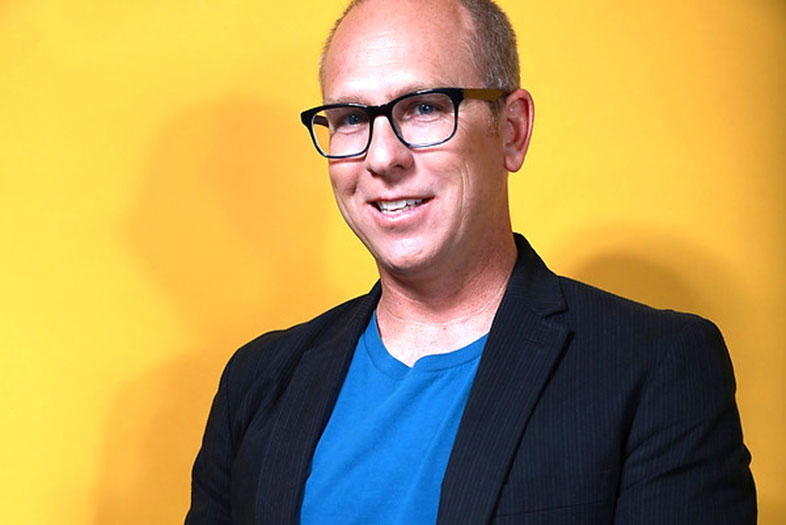
THE WEB MASTER
Scott Robinson
President and CEO at FreshForm
First of all, I’d like to clarify that there’s good design and there’s bad design. Every day, people are designing things, objects, spaces, products, services, and experiences, and all too often those designs are not thoughtfully crafted—they’re hacked together without understanding the needs and desires of the people using the design. When that happens, people get frustrated, and the poor interaction leaves a bad taste—which can negatively affect the perception of the brand. Good design matters because it helps alleviate frustrations, allows for efficiency, creates an emotional connection, and can positively influence behavior change. Design and design thinking matter when they’re used as a competitive advantage for growth-oriented companies. To me, great design is all about crafting exceptional experiences that matter most to the people using it. Another way to put it: Great design brilliantly unites form and function while putting people at the heart of the experience. But in its essential form, design is creative problem solving.
Another reason why great design matters is that it positively affects the bottom line for businesses. We just completed a digital strategy and website redesign for one of the top public business schools in the country, and they’ve calculated the ROI at over 2,000 percent*. Design-driven companies have outperformed the S&P Index by 219 percent over 10 years**
*Extrapolated over a five-year period. **Source: https://blogs.adobe.com/creative/design-advantage/
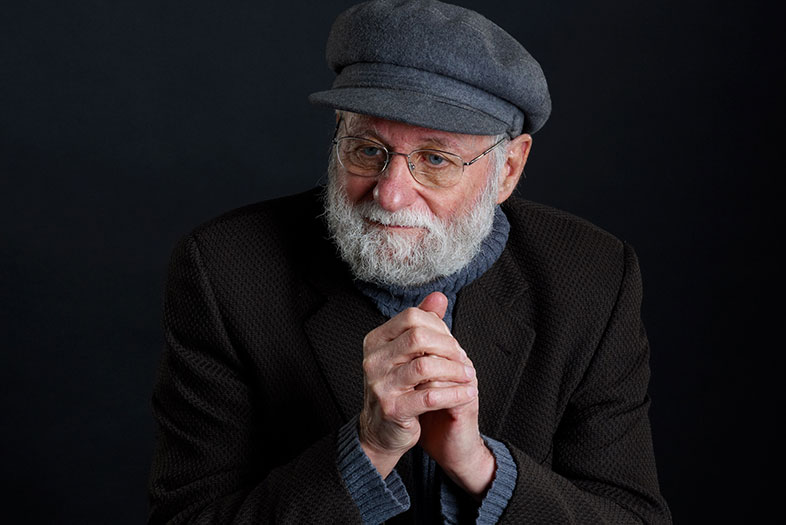
THE PIONEER
Don Norman
Director of The Design Lab at UC San Diego /Author of The Design of Everyday Things
I feel like Rip Van Winkle who, as Washington Irving told us, fell asleep for 20 years, and when he returned to his home, nothing was recognizable.
I moved to San Diego in 1966 to join the newly formed UC San Diego, an ambitious experiment that succeeded. I stayed for 27 years, retiring in 1993 to pursue a career in the high-tech industry around San Francisco. I started at Apple, became vice president of their Advanced Technology Group, and learned the difference between the deep thinking of academia and the actual doing of industry. And I discovered design. After Apple I worked briefly at HP, started my own consulting firm (that still exists), and followed a startup to Chicago. After ten years teaching design and business at Northwestern University I retired and returned to the Bay Area, only to be lured back to UC San Diego by Chancellor Pradeep Khosla. He asked me to start a design program with these instructions: it has to be important and exciting. Who could resist?
Like Rip Van Winkle, I returned roughly 20 years after I had left. Like Rip Van Winkle, I hardly recognized anything. I had left a small Navy town and returned to a bustling community of art, culture, and commerce.
When I arrived back in San Diego, design was nowhere to be found. How could I develop an international center of design without a base in the community? Where was design? It was one of San Diego’s secrets.
I started to search for the local designers and hey, I found all sorts of designers: industrial, graphic, experience, interaction, products, services. Design thrives, but out of sight, out of consciousness. Turns out, there are thousands of designers in the area, but few seemed to realize it, including the designers themselves. Much of the industry in San Diego also seems unaware of the importance of design.
Why is design so invisible? Why do companies in San Diego not realize design has relevance to them? Probably because design isn’t what people think it is. Design is often perceived as making things look pretty. Well, that might have been true once upon a time, but not anymore. Today’s design is a way of thinking, of making sure that the core problem is being solved, and of understanding how to make things that people enjoy and that are effective in aiding them with their lives. Design is of strategic importance.
The new program in design we are building at UC San Diego emphasizes design thinking and doing, making sure we solve the fundamental issues. This people-centered design follows three principles:
Solve the correct problem. Invariably, the problem being presented is the symptom: observe and study the situation until the fundamental, root cause is discovered.
Focus upon the needs of the people for whom the design is intended. All the people: in service centers, repair shops, maintenance, and factories as well as customers, families, the people who actually use the product (often not those who purchased it). Everyone. Watch people while they are actually doing the activity you need to support. What you discover may be surprising and make the end result even more powerful than planned.
Observe, make, think: repeat. Learn through observation. Learn through making. Learn by thinking and reflecting. Our motto is TOM: Think, Observe, Make, done in any order. Testing is essential: Test early, so it is still possible to change; test often, learn often.
The Design Lab at UC San Diego wants to help develop the entire San Diego community into a thriving hub for design and innovation. Our goal is to energize the entire San Diego community: government officials, local industry, educational institutions, and of course, the design community.
We brought all these parties together on June 16, 2016, at the Port Authority’s Broadway Pier. We assembled a powerful cast of exhibits, interactive demonstrations, speakers and panels to present an engaging demonstration of the power of design to transform a region. We even had representatives from other regions such as New Zealand, Mexico City, Milan, and London, to present different models of design-driven economies.
Design is a way of thinking and doing. It can transform lives, business and San Diego. Time to brag that we are the most exciting city in which to live, work, and innovate. Remember the instructions Chancellor Khosla gave to me? They can apply to all of San Diego: Be important, be exciting.
Don Norman’s “Design of Everyday Things” made him world famous for doors that you can’t open (Google the phrase “Norman Doors”). He has all the standard honors of academia and industry, including two honorary degrees (and a third one coming in October).
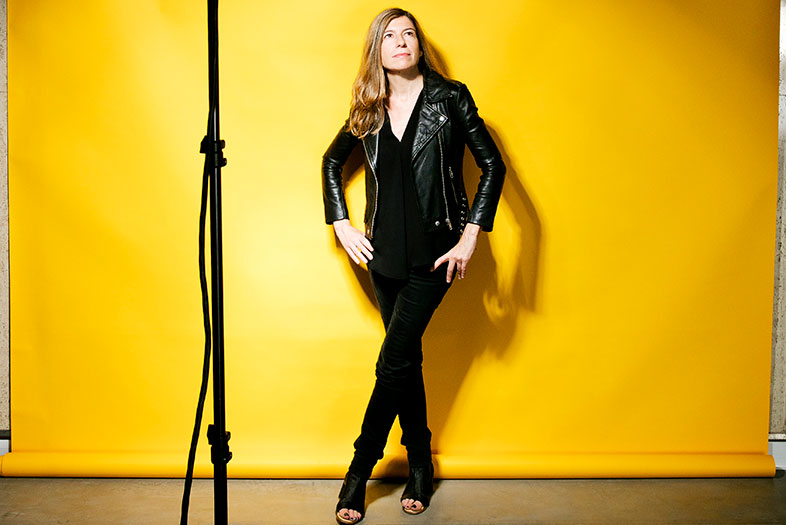
THE PROFESSOR
Elena Pacenti
Director of Domus Academy School of Design
For me, design is about envisioning what does not yet exist. In design, we must be visionary about the way we live, move, eat, and work. In order to do this, the design culture has to be a complementary mix of local, international, and global influences all at the same time. Ensuring we are exposing ourselves, as designers, to diversity allows us to observe the behaviors that encourage us to be innovative. We need to desire to see design as a culture and not just as profession, and to me, culture means recognizing the human being and how design can touch every human sense. Design is never without thinking about humans. It is an exciting time to be here in San Diego, as its design industry is reinventing itself and finding its place among the global design industry. This momentum is being fueled, in part, by Domus Academy.
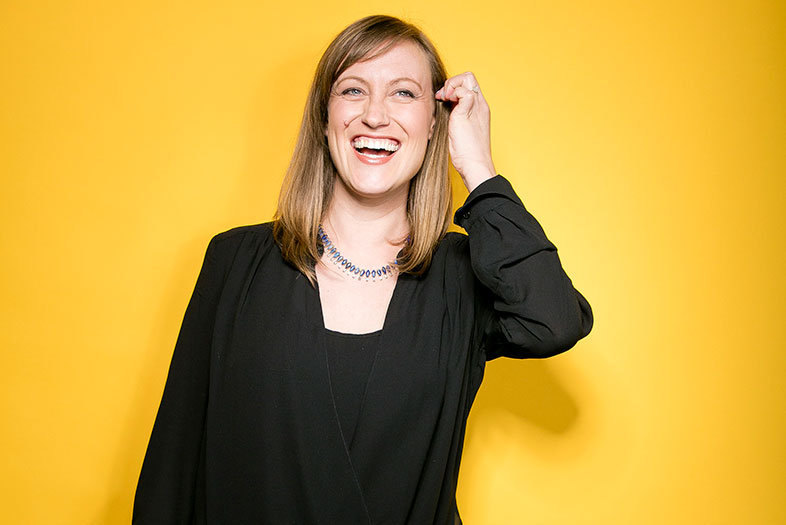
THE MOTIVATOR
Katie Rast
Founder and Director of Fab Lab San Diego
Design informs our relationships with the things we use—whether we praise or curse them in our daily lives. In the rapid prototyping environment, we tell developers that they must always consider the end user. The product should be designed in a way that makes people enjoy interacting with it.
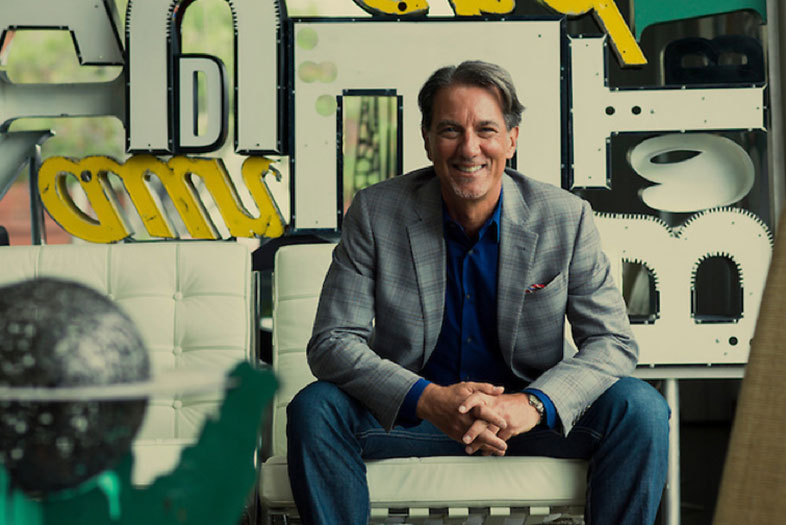
THE GRAPHIC DESIGNER
Ron Miriello
Principal & AIGA Fellow / Director of Miriello
“We are all designers, of the lives we live and the communities we create. Biotech, engineering, and systems reinvention involve design thinking at their core. San Diego is evolving as a fertile place were ideas can emerge. And design is now front and center.”
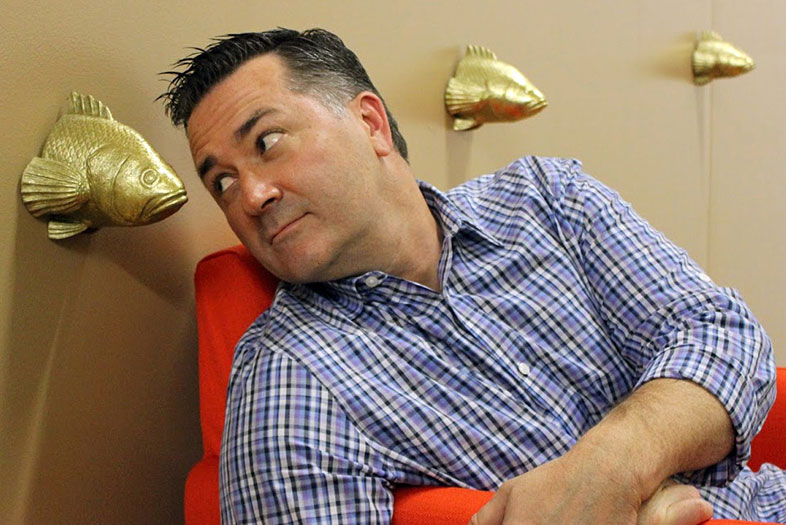
THE COMIC-CON GURU
Patrick Hadley
CEO of Hadley Media
“Great design should be symbiotic with the environment and create a gut-level reaction and connection with people without making them work for it. It’s the difference between merely seeing something and truly experiencing it. In our business, it’s all about the experience.”
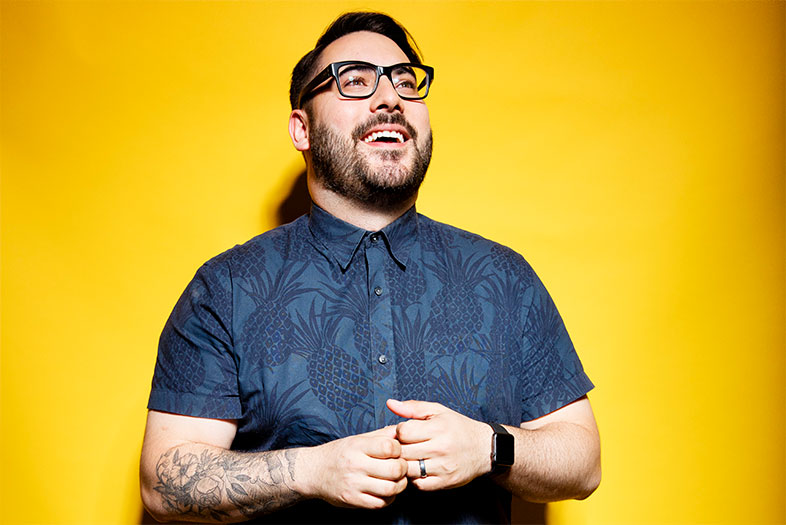
THE COMMUNITY BUILDER
Nate Spees
Partner at Grizzly / Strategy Director & Co-Founder of Creative Mornings San Diego
The word “design” conjures up a different image for each person. Whether you imagine the blueprint for cars of the future, striking logos and branding for a website, or the kindergarten arts and crafts table, possibilities are endless.
Our inherent imagination is what we use to bring new ideas into the world, which means the spark of creativity lies within all of us. Design is simply the vehicle in which we leverage that creativity to bring these innovative ideas to life.
We have witnessed incredible growth taking place in our local and creative communities. It is our responsibility to harness that momentum and create a space for people to engage and connect with one another and constantly seek inspiration. We have the unique opportunity in San Diego to chart a new path for design and creativity and I’m proud to be one of the many people committed to making this happen.
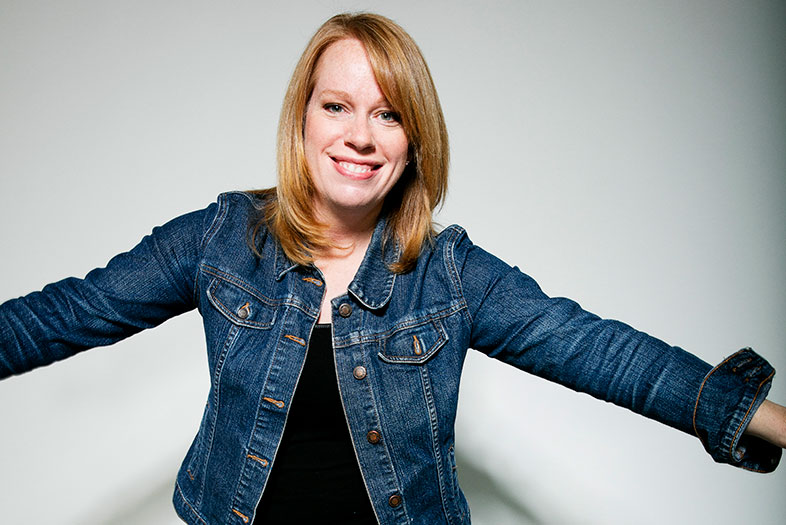
THE TAX TIME WIZARD
Sharon Carmichael
Senior Designer / UX Lead at Intuit
Creativity is innate in all of us. As children we naturally build, invent, and explore. But over time, as we mature, we move from simply creating to applying design solutions to people’s problems— hopefully to create something new and innovative. In the end, our mission as designers is to use understanding and empathy to improve people’s lives.
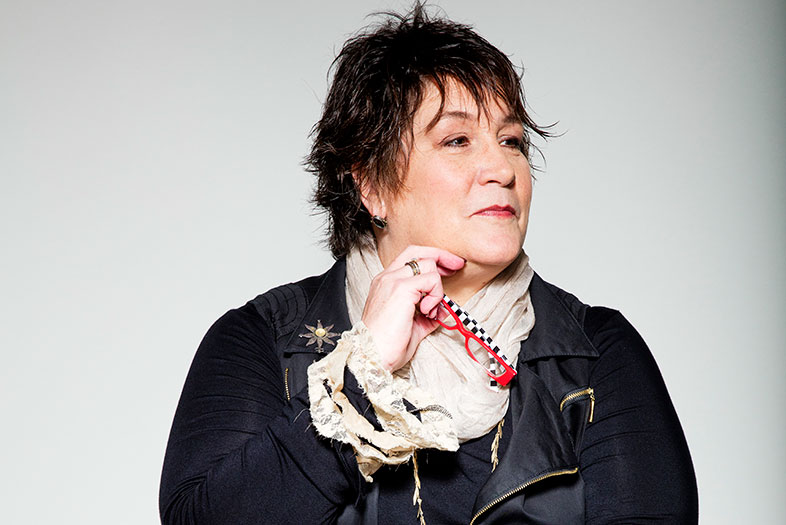
THE EDUCATOR
MaeLin Levine
Partner at Visual Asylum/ President of Urban Discovery Academy
Design is everything, everything is design, and more impotantly, everyone is a designer. I am a classically trained graphic designer, however I consider myself a “designer” in thinking, in product, and service. As a self-employed entrepreneur, I’ve been designing a career for more than two decades now—being flexible, agile, and adaptive are critical traits not just for designers, but for everyone in this creative class innovation economy. As an adjunct professor of design and now as founder and president of a K-8 charter school, I am putting my design expertise to its best and highest use, improving education from the ground up and inside out.
THE BAYFRONT BOSS
T. Scott Edwards
Chief Operating Officer, Port of San Diego
I believe great design can be applied to anything, so why not the Port of San Diego? I was inspired on this new journey by Peter Drucker, who, in his 1973 book Management, made the following statement:
“But in many companies the outcome has been improvement rather than innovation. This is even more true of the public-service institutions. […] Now the need for social and political innovation is becoming urgent again. The modern metropolis needs new governmental forms. The relationship between man and his environment has to be thought through and restructured. No modern government governs effectively anymore. The crisis of the world is, above all, an institutional crisis demanding institutional innovation. […] Large businesses—and equally large public-service institutions—will have to become increasingly capable of organizing themselves for innovation as well as for administration.”
THE INNOVATION AMBASSADOR
Paul Roben
Associate Vice Chancellor, Office of Innovation and Commercialization at UC San Diego
Innovation can be viewed as a diversity of thought leading to original ideas with value—whether social, commercial, or human value. Innovation requires creativity and diversity. Design and design thinking represent, to me, a unifying platform that we can use to bring a diversity of perspectives together to take an abstract concept and create something of value from it.
The power of this approach is that it can be used to catapult any area of innovation to the next level—areas such as health care, social innovation, software, energy, and clean tech. Incorporating design into our core strengths will help to define San Diego’s identity and distinguish our region as a global leader in innovation and entrepreneurship.
